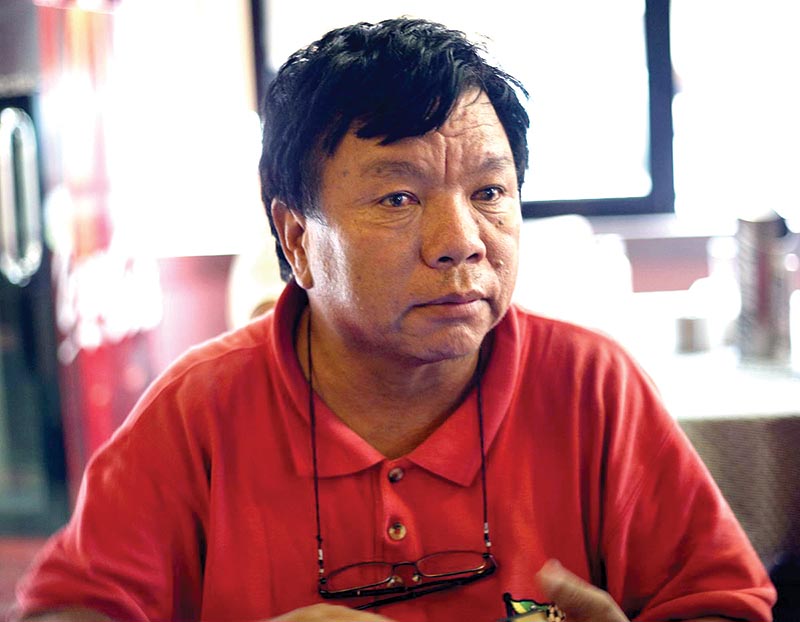“Nepal is lagging far behind in technological research”
Kathmandu
Mahabir Pun is the pioneer who first brought the Internet to a few villages in Nepal. Inducted into the Internet Hall of Fame in 2014, his initiatives helped provide villagers with better access to health, education and information. He discusses his journey with THT Hi-tech Plus and outlines how Information and Communication Technology (ICT) can help improve everyone’s standard of living.
After completing your degree in USA in 2001, why did you return to your village (Nangi) and try to spread digital literacy?
I didn’t have any specific plan when I returned to my village. I just wanted to stay in Nepal and see if there was anything I could do here. Nor did I have any money to launch big programmes. So, I participated in small-scale social work, which is when I realised that the internet could improve people’s lives by facilitating better communication.
Why did you decide to introduce wireless technology in rural areas?
Wireless technology was introduced to solve the problem of communication. Back then, the villages didn’t have electricity or telephone services. Wireless technology brought Internet connectivity which helped villagers get access to quality health advice and education.
Could you tell us about the Nepal Wireless Networking Project you founded in 2002?
The project was initiated to maximise the use of ICT in improving people’s social and economic condition. It introduced the concept of digital literacy and linked rural areas to urban areas. The project primarily focused on the availability of wireless internet connection and later prioritised income generating activities through e-commerce and health services.
What were the challenges you faced?
We faced technological challenges at first. It was difficult to increase signal strength and operate long-range Wi-Fi in order to connect more villages. We had to use expensive solar panels to generate power. The government didn’t provide any support and everything was done with the help of locals. We even had foreign volunteers smuggling in equipment for our project. We also overcame financial hurdles because of people who donated money and equipment and villagers who invested in the project.
What were the results of the project?
The project began the practice of distance education and telemedicine in the area. Students became familiar with the Internet and we also developed online educational material in Nepali. Students got the opportunity to communicate with students abroad through video conferences and email. With internet, health workers and clinics could consult doctors in Kathmandu and Pokhara.
What are you currently busy with?
I am currently engaged in the establishment of a National Innovation Centre (NIC) with the aim of fostering a culture of research and development in Nepal. NIC is a non-profit company that will provide full financial support and mentoring to young researchers and innovators working on prototypes. NIC will act as an ‘impact accelerator’ or ‘incubator’ at the national level to support innovative research and enterprise. It will be fully self-sustaining and won’t depend upon any grant after its establishment as it will register a hydropower company and sell hydroelectricity to the government to fund its activities. To lay the foundation, we have launched a public fundraising campaign since July 2016 to raise Rs 500 million from Nepalis around the world. Till now, we have collected Rs 50 million through crowdfunding. NIC will be established within five years and a research lab will be established by September. Then after 15 to 20 years, or when the government is ready, NIC will be handed over and become a national property.
Can you tell us about your app to help patients suffering from paralysis?
I am working with some young innovators on developing a mobile application that will link patients with paralysis to their caretakers. We will place a sensor in the patient’s wound which will transmit messages to the caretaker through the mobile app. However, the Ministry of Health needs to draft a legal framework for the application and we are also seeking assistance from the Nepal Health Research Council.
What is the state of technological research in the country?
Nepal is lagging far behind the rest of the world in technological research. There have been no investments from the public or private sectors. We mainly consume technological products rather than conducting our own research. We are fully dependent upon others for any technological advancement. Nepal also lacks human resources and investment to leapfrog past its global peers by adopting cutting-edge technologies.






